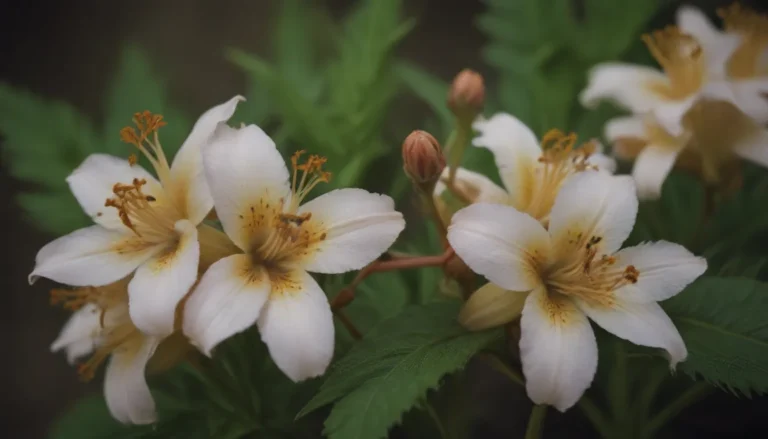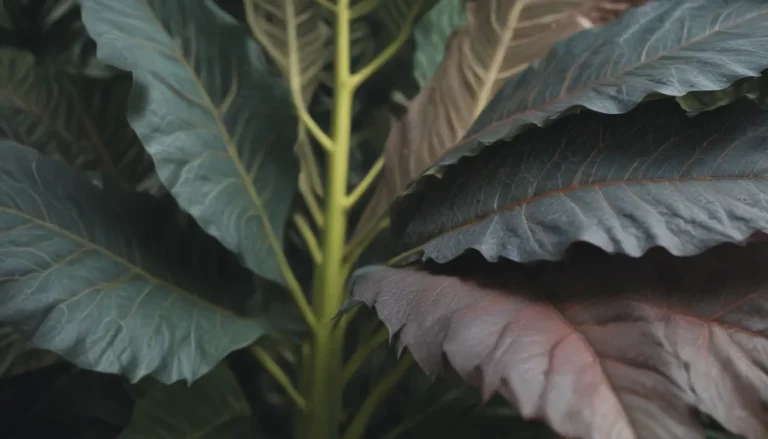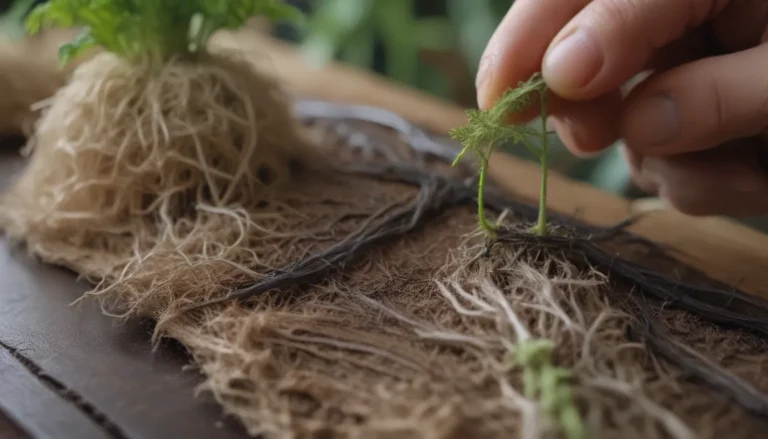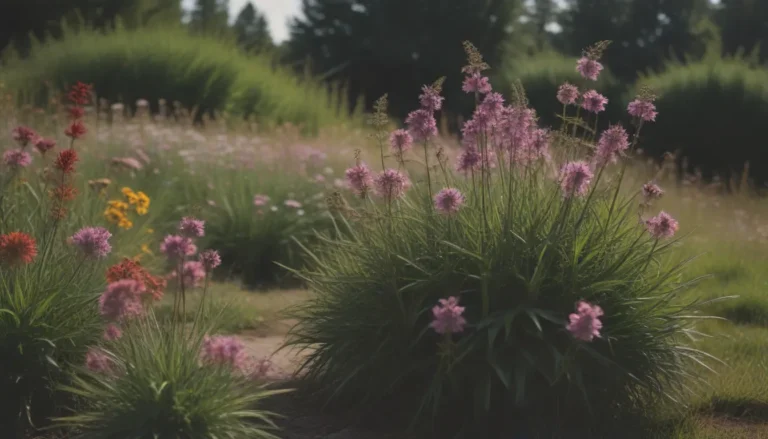Everything You Need to Know About Planting Elephant Ear Bulbs for a Tropical Paradise
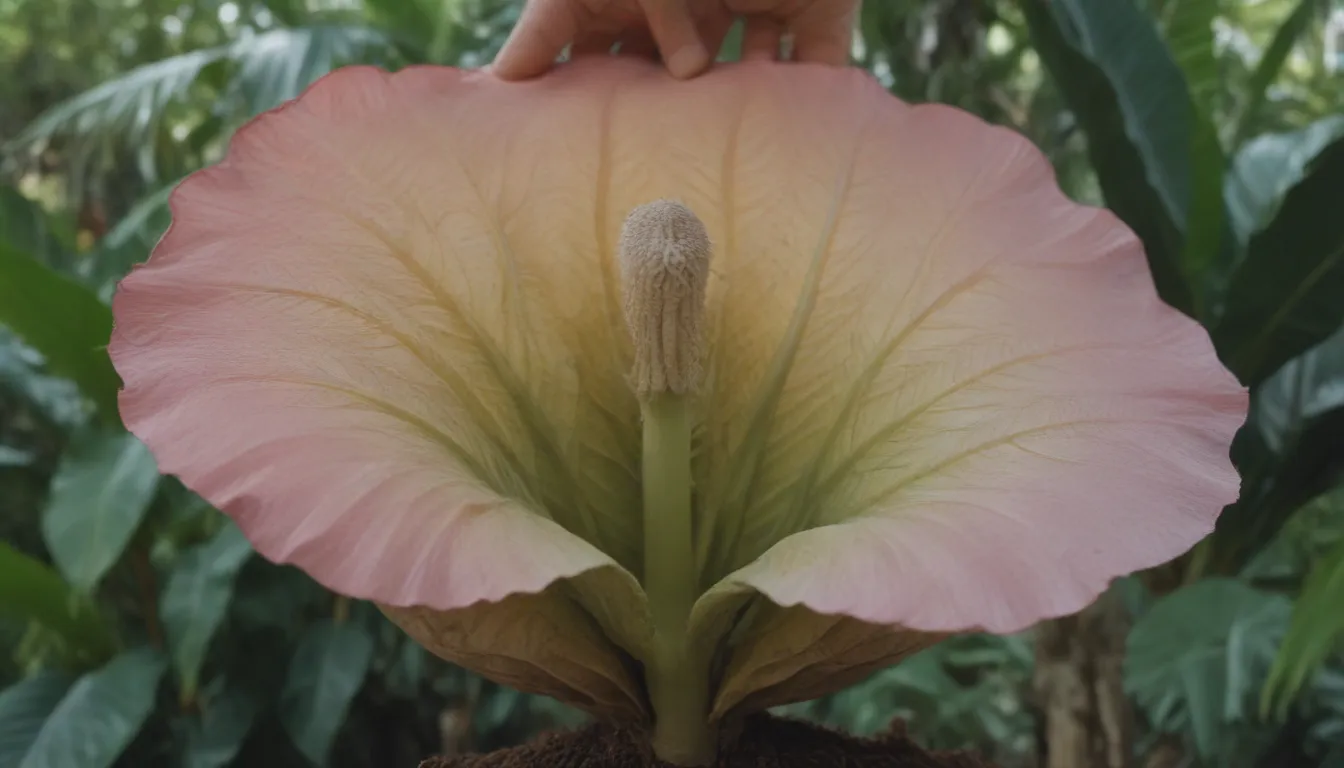
If you’re a plant enthusiast looking to add a touch of the tropics to your garden, elephant ears are a fantastic choice. With their large, heart-shaped leaves and vibrant colors, these plants can transform any outdoor space into a lush oasis. Whether you’re a seasoned gardener or a beginner looking to try your hand at planting elephant ear bulbs, this guide will provide you with all the information you need to ensure your plants thrive.
Why Choose Elephant Ears for Your Garden?
Elephant ears, also known as alocasias and colocasias, are popular for their striking foliage and ability to add a dramatic flair to any garden. These tropical plants can be grown indoors or outdoors and pair beautifully with other summer plants. Their large leaves come in a variety of colors, making them a versatile choice for adding visual interest to your greenery collection.
How to Plant Elephant Ear Bulbs
Tip: Planting the Bulbs Correctly
When planting elephant ear bulbs, it’s important to pay attention to which way they should be placed in the soil. The bulbs usually have a smooth side and a rough side with root hairs. To ensure successful growth, plant the bulbs with the smooth side facing upward. This side may also have a pointy tip, which can help guide you in the right direction.
Timing is Key
Plant elephant ear bulbs in the spring once temperatures have warmed up and the danger of frost has passed. These plants will not thrive in cold soil, so be sure to wait until the soil reaches a temperature of at least 65ºF before planting. If you want to get a head start on your planting, consider starting the bulbs in pots indoors four to six weeks before transferring them outside.
Choosing the Right Location
Elephant ears require ample space to grow, so select a spot that offers at least 3 feet of room for each bulb to spread out. Opt for a partially shaded area to prevent the leaves from scorching in direct sunlight. The exception to this is the Black Magic variety, which can tolerate partial to full shade. Indoors, place your elephant ear plant in a bright spot with filtered sunlight. Ensure the soil is well-draining and rich in organic matter by incorporating compost or mulch for added nutrients.
Caring for Your Elephant Ear Bulbs
After planting your elephant ear bulbs, it’s essential to provide them with proper care to promote healthy growth. Here are some tips on how to care for your elephant ears:
- Water: Keep the soil moist but avoid overwatering to prevent root rot. Wait until the top inch of soil has dried before watering again.
- Feeding: Fertilize your elephant ear plants with a balanced fertilizer to support their growth. Follow the instructions on the fertilizer label for best results.
- Pruning: Trim any damaged or yellowing leaves to promote new growth and keep your plants looking their best.
- Winter Care: In colder climates, consider bringing your elephant ear plants indoors during the winter months to protect them from frost.
How Long Does It Take for Elephant Ears to Grow?
After planting elephant ear bulbs, you can expect to see sprouts emerge within three to eight weeks, depending on your climate. Warmer temperatures will encourage faster growth, so be patient if you live in a cooler region. To get a head start on the growing season, plant your bulbs indoors and transfer them outside once the weather warms up. Keep the soil consistently moist but not waterlogged to support healthy growth.
Propagating Elephant Ear Plants
Elephant ears are known for their ability to multiply easily through underground runners, producing baby plants near the parent plant. To propagate your elephant ear plants, follow these steps:
- Carefully dig around the baby plant to expose the roots.
- Lift the baby plant out of the soil, taking care not to damage the roots.
- Transfer the baby plant to a pot or a new area in your garden to allow it to grow independently.
By following these tips on planting and caring for elephant ear bulbs, you can create a lush tropical paradise in your own backyard. Experiment with different varieties and colors to add a vibrant touch to your outdoor space. With the right care and attention, your elephant ear plants will thrive and become a stunning focal point in your garden. Happy planting!


